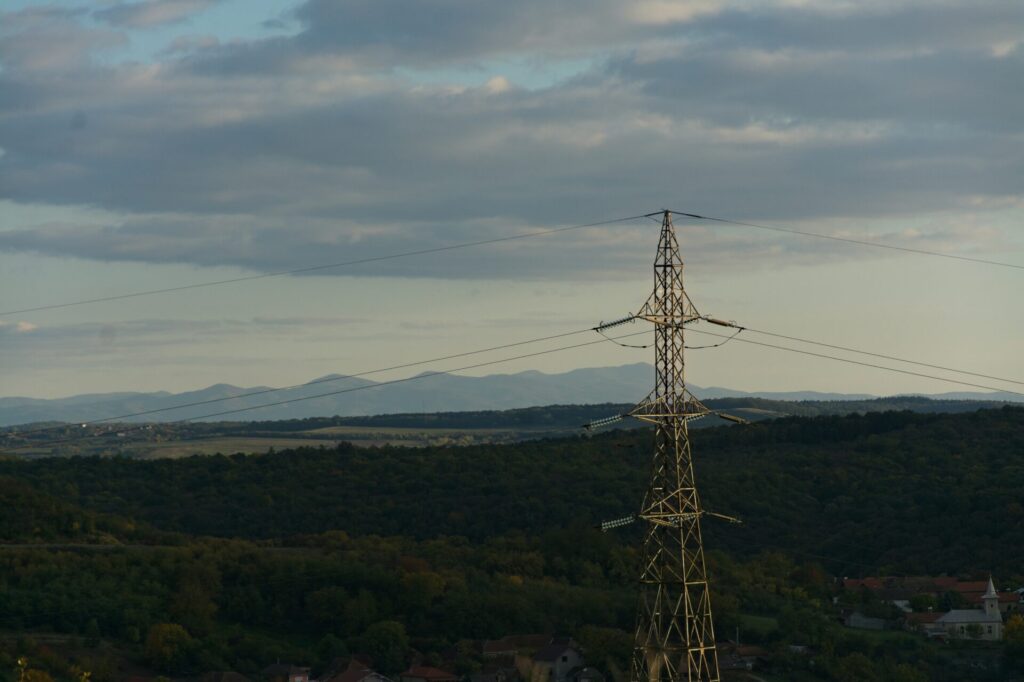Day 11 of COP30 in Belém faced an unexpected and disruptive incident when a fire broke out in one of...
Read More- Industry Updates
Why Electrification Could Save Europe £250 Billion
-
 Kate McCann
Kate McCann
- 3 minute read
Discover More
Europe is standing at an important crossroads in its journey toward a cleaner, more efficient energy system. New research from Schneider Electric suggests that speeding up electrification across homes, transport, and industries could save Europe around £215–250 billion a year by 2040. Despite this huge opportunity, Europe’s progress has been slow – electrification rates have stayed around 21% for more than a decade, well behind countries such as China’s 31%.
Electrification means replacing fossil fuel use with clean electricity — for example, switching from petrol cars to electric vehicles or from gas boilers to heat pumps. It’s not just about cutting carbon; it’s also about reducing Europe’s reliance on imported fuels and strengthening its own energy independence. As global energy prices fluctuate and supply chains face increasing strain, greater electrification offers a pathway to stability, helping Europe secure its energy future while supporting its net-zero goals.
Why Electrification Makes Sense Economically
According to the Schneider Electric report, a faster shift to electric technologies could unlock large economic benefits. Europe spends hundreds of billions each year on imported oil and gas. Using more electricity generated locally — especially from renewable sources — could keep that money within the continent and create up to a million new jobs. The knock-on effects would spread across industries, driving demand for innovation, infrastructure development, and specialist skills.
For businesses, the long-term cost savings can also be significant. Electric systems are often more efficient and cheaper to operate over time than fossil-fuel alternatives. This is particularly true in sectors such as manufacturing, transport, and heating, where technology has matured and costs have come down. In addition, as renewable generation expands, the volatility of energy costs is expected to decline, creating a more predictable environment for budgeting and investment.
Electrification can also enhance productivity and resilience. With modern systems powered by smart, connected technologies, organisations can track and have greater control over their energy usage, identify inefficiencies, and make adjustments instantly. This not only reduces waste but also supports sustainability reporting and compliance — an area of growing importance as governments and investors demand greater transparency.

Energy Security and Sustainability Benefits
Electrification also helps tackle Europe’s ongoing energy security concerns. The continent still imports nearly 60% of its fossil fuels. Reducing that dependency protects countries and businesses from volatile global energy prices. It also makes the energy system cleaner — since electricity generated from renewable sources produces far fewer emissions than oil or gas.
The environmental impact is substantial. By replacing fossil fuels with renewable electricity, Europe can make major progress towards its climate targets, particularly in transport and heating — two of the hardest sectors to decarbonise.
What Needs to Change for Electrification to Grow
Experts agree that speeding up electrification will require more than enthusiasm — it needs policy support and practical investment. Several key areas stand out:
-
Pricing and Taxes:
Electricity often remains more expensive than gas due to taxes and market design. Fairer pricing could encourage wider adoption.
-
Infrastructure Upgrades:
Power grids and charging networks need expansion and reinforcement to handle higher demand.
-
Access to Finance:
Businesses, especially small and medium ones, need easier access to funding for electrification projects.
-
Clear Regulations and Incentives:
Governments can help by setting clear rules and targets, such as requiring new buildings or fleets to be electric-ready.
Alongside these measures, collaboration between public and private sectors will be crucial. Grid operators, energy suppliers, and technology providers must work together to ensure that electrification is not just achievable but efficient and equitable. This joined-up approach will help avoid regional disparities and ensure that all parts of Europe benefit from the transition.
Disadvantages to Electrification
However, there are disadvantages to electrification that must be acknowledged. Upgrading grid infrastructure is expensive and time-consuming, and many local networks are not yet ready for the increased demand of large-scale electrified transport and heating.
The upfront investment in equipment such as heat pumps and EV chargers can be high, and progress remains uneven across Europe, with some regions moving faster than others. Integrating new electric systems with renewables and storage adds further complexity, making careful planning essential. In some industries, full electrification is not yet technically or economically viable, meaning other low-carbon options such as hydrogen or biofuels will still play a role for years to come.
Electrification could transform Europe’s energy system, making it cleaner, more resilient, and ultimately more affordable. But progress depends on closing the gap between ambition and action. Infrastructure must be upgraded, costs need to fall, and policies must support long-term investment.
Facebook
LinkedIn


